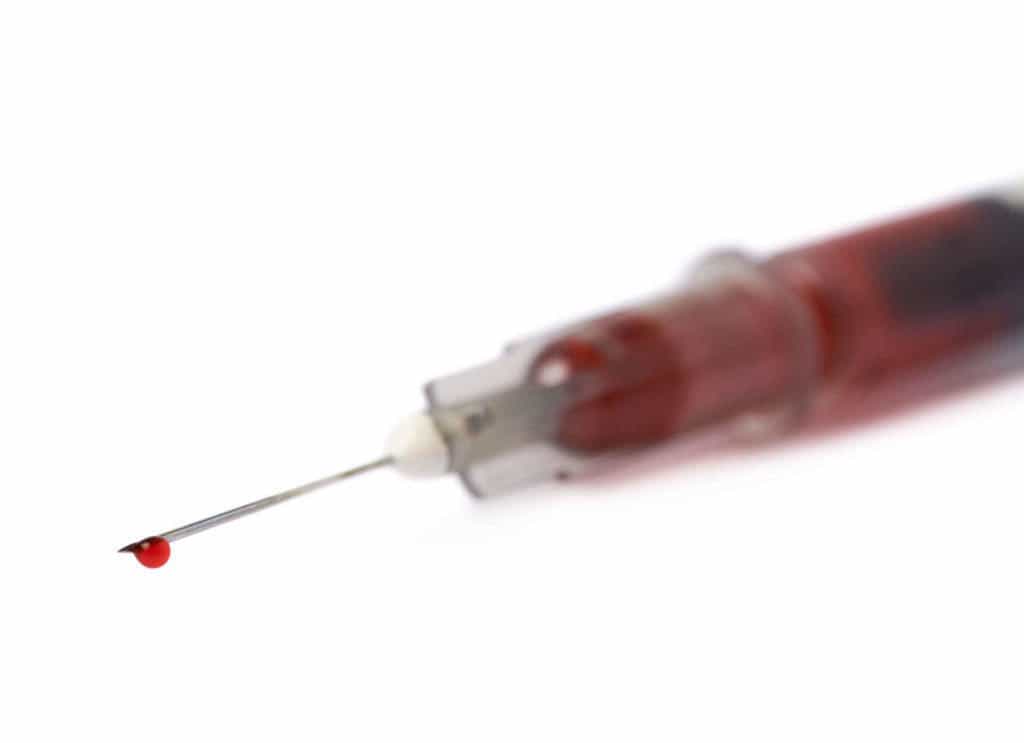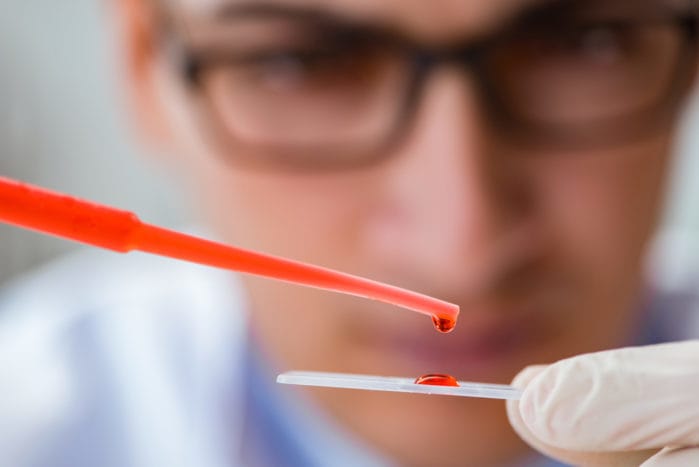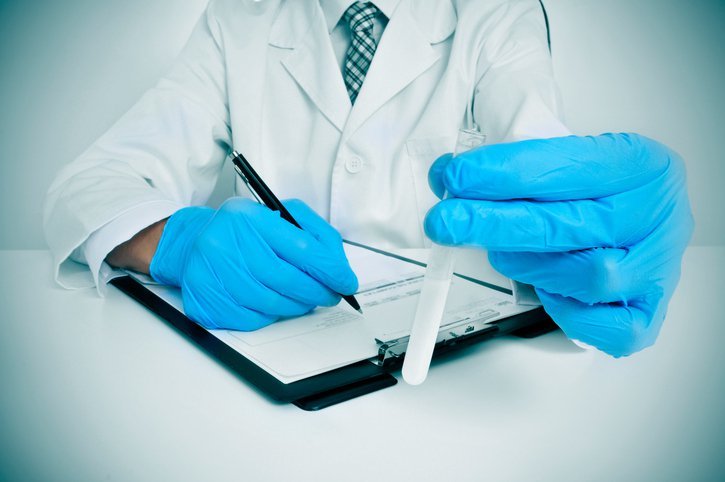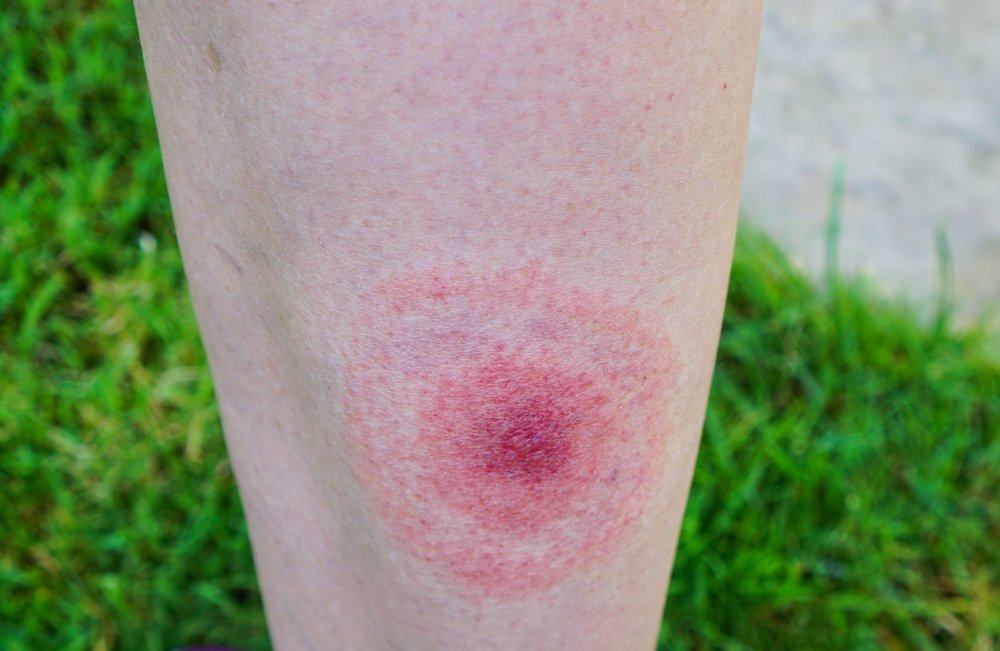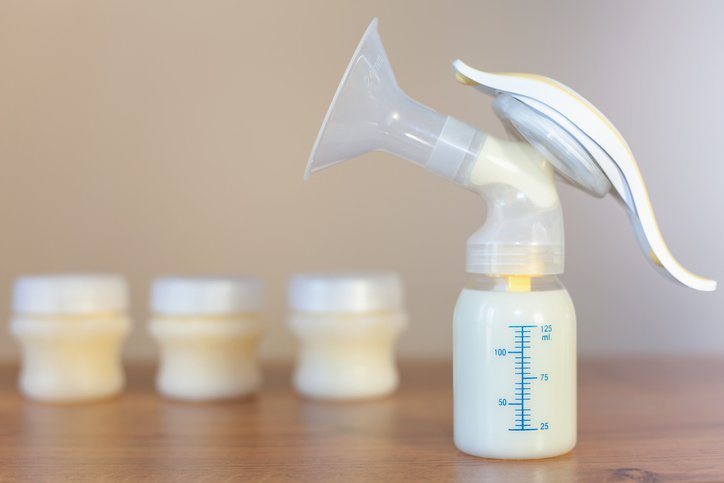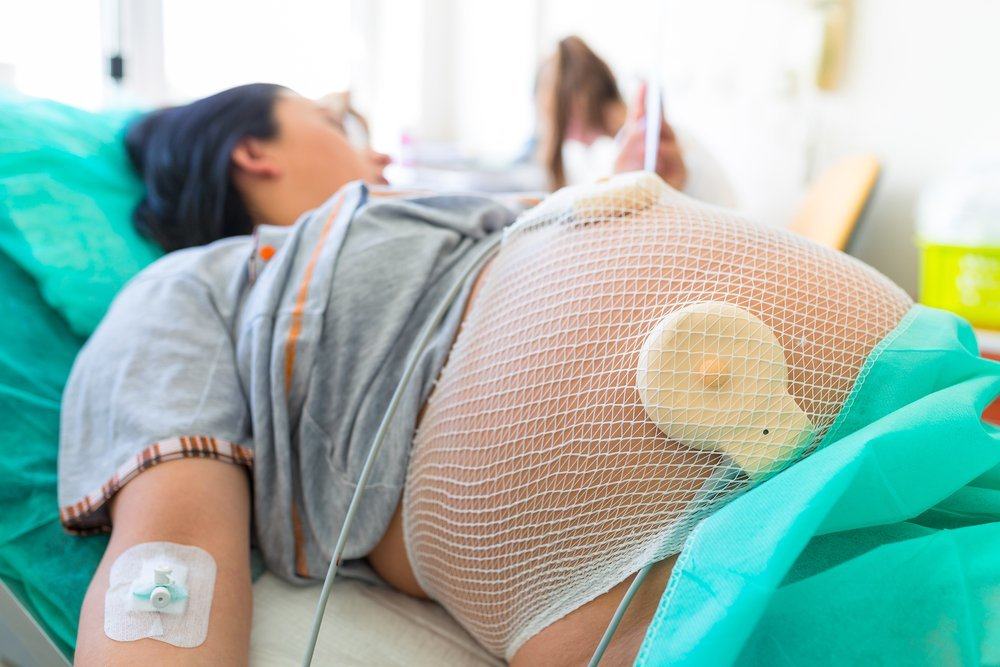Contents:
- Medical Video: Type 2 Diabetes | Nucleus Health
- Get to know the hormone insulin
- Insulin resistance is ...
- Proof of insulin resistance in a blood test
- Prevent insulin resistance problems
Medical Video: Type 2 Diabetes | Nucleus Health
People with type 2 diabetes are often called experiencing symptoms of insulin resistance. What is insulin resistance?
Get to know the hormone insulin
Insulin is a hormone made in the pancreas and helps cells absorb glucose from the blood to be used as energy. Your body digests food containing carbohydrates and releases it as glucose into your blood. Insulin, which is released when you eat, helps the body maintain a healthy level of circulating glucose by allowing glucose from the blood to enter the cell. This lowers blood sugar and cells use glucose for energy.
Some people may have problems using the correct insulin. This is called insulin resistance. Insulin resistance is a condition that occurs when your pancreas produces insulin, but your cell doesn't use it as it should. When insulin doesn't work as it should, your cells will not absorb glucose properly, which will have an impact on the buildup of sugar in your blood. If your blood sugar is higher than normal but not high enough to be classified into type 2 diabetes, then you have a pre-diabetes.
It is not clear why some people have insulin resistance and others don't. However, being overweight or obese is one of the main risk factors. A changing lifestyle can also result in prediabetes or type 2 diabetes, especially if you are also overweight.
Insulin resistance is ...
Insulin resistance is a condition that usually has no visible symptoms. You could have had insulin resistance for years without you knowing, especially if you never checked blood sugar levels.
Some people with insulin resistance may develop a condition known as acanthosis nigircans. Marked by black patches on the back of the neck, groin, and armpits. Having acanthosis nigircans is a sign of insulin resistance, which is a high risk for you to develop type 2 diabetes. There is no cure for acanthosis nigircans, but if you treat the cause of the disease, your skin's natural color may return.
Insulin resistance is a condition that can damage blood vessels without you realizing it, which can increase your risk of heart disease and stroke.
You have a significant risk of developing diabetes if you have insulin resistance. Just like insulin resistance, people with type 2 diabetes may not feel symptoms, especially in the early stages of the disease. The standard symptoms of diabetes include extreme thirst and frequent urination. You may eat as usual, or even more than you should and will still feel hungry if you have diabetes. Having type 2 diabetes can also refer to nerve problems which result in a tingling sensation in the hands and feet. You will also feel more tired than usual if you have diabetes that is not well controlled.
Proof of insulin resistance in a blood test
Without obvious symptoms, insulin resistance is a condition that is usually detected by taking blood. One way to diagnose prediabetes or diabetes is by the A1C test.
This test displays a number that will give you an idea of what your average blood sugar has been for the past two to three months. You don't need to fast to do this test. A1C below 5.6 percent is considered normal. A1C was between 5.7 and 6.4 percent diagnosed with prediabetes. A1C is equivalent to or above 6.5 percent diagnosed with diabetes.
Additional other blood tests can be used to check blood glucose levels. A blood glucose fasting test — taken after you don't eat and drink at least 8 hours — will show your blood sugar levels during fasting. High levels may require a second test to confirm these results a few days later. If both tests show an increase in blood glucose levels in the bloodstream, you may be diagnosed with prediabetes or diabetes.
Blood sugar levels during fasting below 100 mg / dL are considered normal. A level between 100 and 125 mg / dL is diagnosed with prediabetes. Levels equivalent to or above 126 mg / dL are diagnosed with type 2 diabetes.
You can check blood sugar levels at any time. For taking "random" blood, blood sugar levels below 140 mg / dL are considered normal, between 140 and 199 mg / dL are considered prediabetes, and an equivalent of more than 200 mg / dL is diagnosed with type 2 diabetes.
Examination for diabetes should begin at the age of 45 years, along with standard tests for cholesterol and other health screening tests. Early checkups may be recommended if you are overweight and:
- changing lifestyle
- have low HDL levels or high triglyceride levels
- have parents or siblings who have diabetes
- American tribes - Indians, African-Americans, Latinos, Asian-Americans, or Pacific islanders
- have high blood pressure (140/90 mm Hg or more)
- have symptoms of insulin resistance
- diagnosed with gestational diabetes (a temporary condition that develops during pregnancy)
- have a baby weighing more than 9 pounds
Even if your test returns to normal range, you should check blood glucose levels at least every three years.
Prevent insulin resistance problems
If you exercise regularly and eat a balanced diet to help keep your weight healthy, you might be able to prevent diabetes. Of course there is no guarantee. However, losing weight and keeping your body weight low provides the best opportunity for you to maintain normal insulin and cell function and maintain blood glucose levels at the level you want. Active movement is very important too.
It is important to remember that a diagnosis of insulin resistance or prediabetes is a warning. These early conditions can often be controlled by healthy lifestyle choices, and keep you from type 2 diabetes. This is crucial, because complications from diabetes include not only heart disease, but kidney, eye, and nervous system problems as well.
Insulin resistance is a condition that may be quiet in yourself, but you can stay healthy if you eat healthy and physically active food every day.

